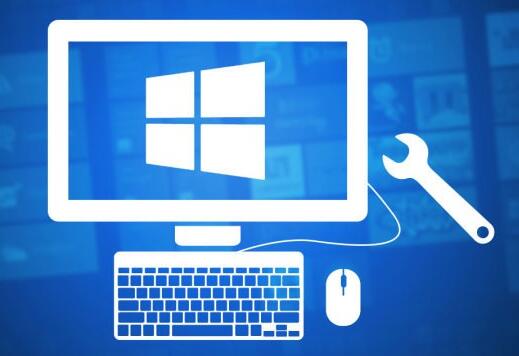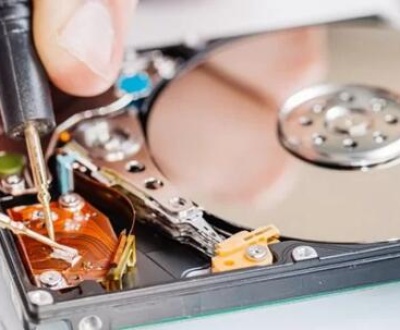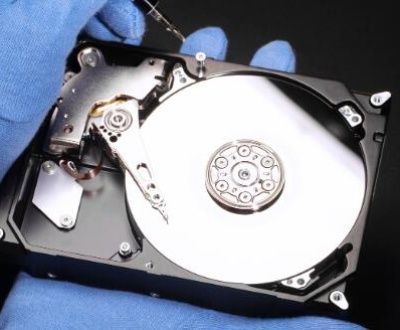Deleting important files from your computer requires careful consideration, as once they are removed, they can be difficult to recover.
1. File Deletion
File Deletion Basics: Deleting a file from your computer typically moves it to the Recycle Bin (on Windows) or Trash (on macOS). From there, you need to empty the Recycle Bin or Trash to permanently remove the file. However, this process doesn’t always ensure that the file is completely gone, especially from a data recovery perspective.
Data Recovery: Even after emptying the Recycle Bin, deleted files can sometimes be recovered using specialized software. If you need to ensure that the files are irretrievably deleted, you may need to use additional tools or methods.

2. Backing Up Important Files
Why Backup Matters: Before you delete any important files, it’s wise to back them up. This ensures that you have a copy in case you need it later. Backup options include:
External Hard Drives: Store copies of your files on an external hard drive.
Cloud Storage: Use services like Google Drive, Dropbox, or OneDrive for online backups.
Network Attached Storage (NAS): For more extensive backups, consider using a NAS device.
How to Backup Files:
Select Files: Choose the files or folders you want to back up.
Copy to Backup Medium: Drag and drop or copy-paste the files to your chosen backup location.
Verify Backup: Ensure that the files have been successfully copied and are accessible.
3. Deleting Files
On Windows:
Locate the File: Navigate to the file or folder you want to delete.
Delete the File:
Right-click the file and select “Delete,” or
Select the file and press the “Delete” key on your keyboard.
Empty Recycle Bin:
Right-click the Recycle Bin icon on your desktop.
Select “Empty Recycle Bin” and confirm the action.
On macOS:
Locate the File: Find the file or folder you wish to delete.
Delete the File:
Right-click the file and select “Move to Trash,” or
Drag the file to the Trash icon in your Dock.
Empty Trash:
Right-click the Trash icon and select “Empty Trash,” or
Open the Trash and click “Empty” in the upper-right corner.
4. Secure Deletion
For more secure deletion, which makes recovery more difficult, consider these methods:
On Windows:
Using Built-in Tools: Use the built-in Cipher tool to overwrite deleted files.
Open Command Prompt as an administrator.
Type cipher /w:C (replace C with the drive letter) and press Enter. This will overwrite free space on the drive, making previously deleted files harder to recover.
On macOS:
Using Terminal: Use the srm command for secure deletion.
Open Terminal.
Type srm -v [file path] and press Enter. Replace [file path] with the path to the file you want to delete securely.
Using Third-Party Tools:
Eraser (Windows): A free tool for secure file deletion.
CCleaner (Windows/macOS): Includes a file shredder for secure deletion.
Permanent Eraser (macOS): Provides secure file deletion features.
5. Managing Disk Space
Cleaning Up:
Disk Cleanup (Windows): Use the built-in Disk Cleanup tool to free up space.
Search for “Disk Cleanup” in the Start menu.
Select the drive you want to clean and follow the prompts.
Storage Management (macOS): Use the built-in storage management tool.
Go to Apple Menu > About This Mac > Storage > Manage.
Review and delete unnecessary files and apps.
6. Considering Data Encryption
Why Encrypt?: If you handle sensitive information, encryption adds an additional layer of security.
Encrypting Files:
Windows: Use BitLocker to encrypt entire drives or use third-party tools for specific files.
macOS: Use FileVault to encrypt your entire disk or use Disk Utility to create an encrypted disk image for specific files.
7. Best Practices for File Management
Regular Maintenance: Regularly review and clean up files you no longer need. This helps keep your system organized and reduces the risk of accidental deletion.
Organized Filing: Maintain a structured filing system to easily locate and manage important documents. This reduces the chances of accidental deletion.
8. Recovery Options
If Files Are Accidentally Deleted:
Check Recycle Bin/Trash: Sometimes files are accidentally moved but not permanently deleted.
Use Recovery Software: Tools like Recuva (Windows) or Disk Drill (Windows/macOS) can help recover deleted files if they haven’t been overwritten.
Professional Data Recovery: For critical data, consider professional data recovery services if you are unable to recover the files yourself.
Deleting important files involves careful planning and execution. By backing up your files, using secure deletion methods, and employing best practices for file management, you can ensure that your data is handled safely and effectively. Always double-check that you are deleting the correct files and that you have a backup if needed.
About us and this blog
Panda Assistant is built on the latest data recovery algorithms, ensuring that no file is too damaged, too lost, or too corrupted to be recovered.
Request a free quote
We believe that data recovery shouldn’t be a daunting task. That’s why we’ve designed Panda Assistant to be as easy to use as it is powerful. With a few clicks, you can initiate a scan, preview recoverable files, and restore your data all within a matter of minutes.
Subscribe to our newsletter!
More from our blog
See all postsRecent Posts
- Data recovery salt lake city utah 2025-04-18
- Data recovery sacramento 2025-04-18
- Data recovery miami 2025-04-18

 Try lt Free
Try lt Free Recovery success rate of up to
Recovery success rate of up to









